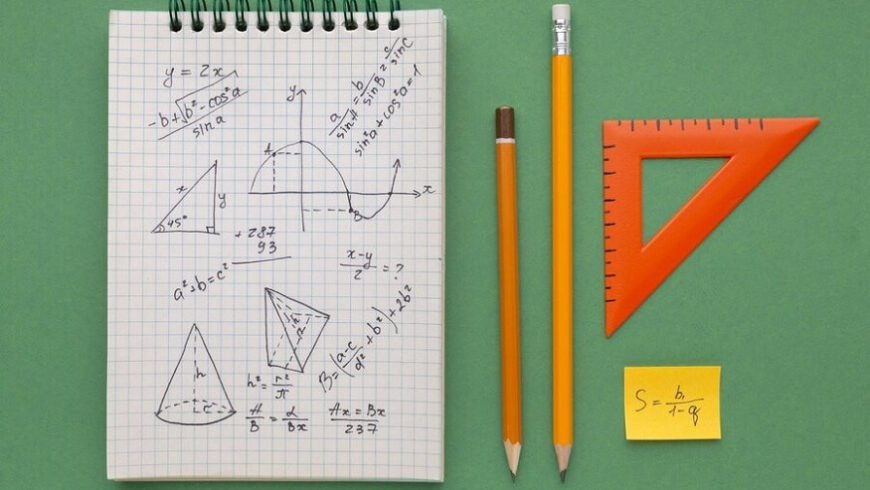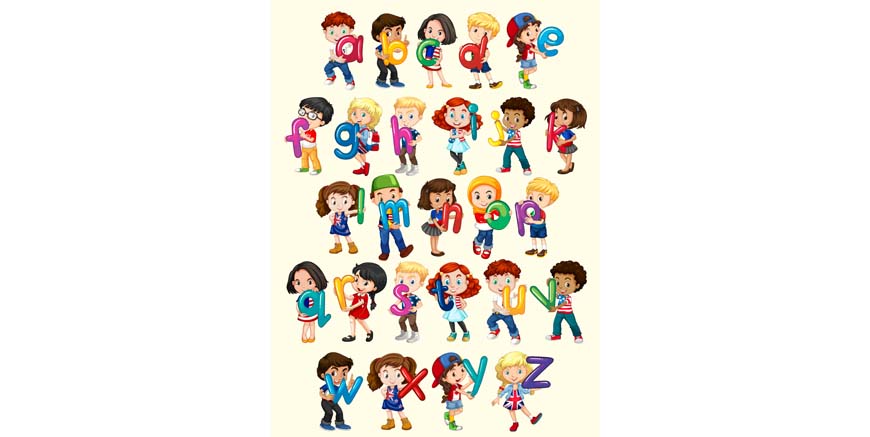Lines are an integral part of our lives. We can see them all around us. They have length but no width and can move in both directions. A line is made up of an endless number of points and is infinite with no ends on both sides. It is one-dimensional. In geometry, the concept of a line was introduced by ancient mathematicians to represent straight objects with negligible width and depth, often described in terms of two points. Learning about the types of lines in geometry will help kids connect their ideas to real-world situations and encourage them to think creatively.
Difference between line and line segment
A line and a line segment may seem alike, but they are different. A line goes on forever in both directions, while a line segment has two endpoints. This means a line segment starts and ends at a specific point, unlike a line that goes on forever. Think of a section of a ruler; that’s a good example of a line segment.
Difference between line and ray
A ray is a mix of a line and a line segment. It begins at a certain point and goes on forever in one direction. Think of a sunbeam coming from the sun, that’s a ray!
Types of Lines
Geometry relies on various types of lines, which serve as its fundamental building blocks. There are two main types of lines such as straight lines and curved lines
- Straight line
The shortest way to connect two points is a straight line. When a point moves in a single direction, it forms a straight line.
- Curved lines
A line that is not straight is curved. If a point does not move in one direction, it creates a curve.
Straight lines can be categorised as Horizontal lines (also known as Sleeping lines), Vertical lines (also known as Sleeping lines), and Oblique lines (also known as Slanting lines). The equation for a straight line is ax + b = 0.
- Horizontal line
A horizontal line goes from left to right in a straight line. It is parallel to the x-axis and perpendicular to the y-axis. This line does not touch any point on the X-axis.
- Vertical line
Vertical lines go straight up and down from top to bottom or bottom to top. They are parallel to the y-axis and perpendicular to the x-axis.
Other types of lines
When two or more lines are used together, they form different types of lines like parallel lines, perpendicular lines, and transversal lines as shown below.
- Parallel lines
When two lines that form together and are separated by the same distance and do not meet are known as parallel lines, which are irrespective of the length of the lines. Curves that do not move in one direction and keep a fixed minimum distance are said to be parallel. Two straight lines in a plane that do not intersect at any point are said to be parallel.
- Intersecting lines
Two lines that are not parallel can intersect at a single point, which makes them intersecting lines. The point where they meet is known as the point of intersection.
- Perpendicular lines
Two lines are perpendicular if they intersect at a right angle. The symbol ⊥ is used to show perpendicular lines. This means the lines meet at a 90-degree angle.
- Transversal line
A transversal line intersects two or more lines, which could be parallel or not. It crosses two lines at different points in geometry. Transversals help determine if two lines are parallel in the Euclidean plane.
- Tangent lines
A tangent touches a curve at one point, while a normal is perpendicular to the tangent. To find the equations of these lines, we use the formula for a straight line passing through a point with coordinates (x1, y1) and gradient m.
- Secant lines
A line that intersects a circle at two points is called a secant line. It represents the average rate of change, which is the same as the slope between two points on the line.
We hope you enjoyed our journey through the world of lines. Every concept and lesson brings us closer to understanding the world and ourselves. Lines shape our world and experiences in incredible ways. Understanding lines is about observing, questioning, and interacting with the world. When you see the lines that draw the world, you see the beauty and symmetry of the universe. Keep exploring and learning, and remember, Mother’s Pet Kindergarten is here to guide you!













Recent Comments